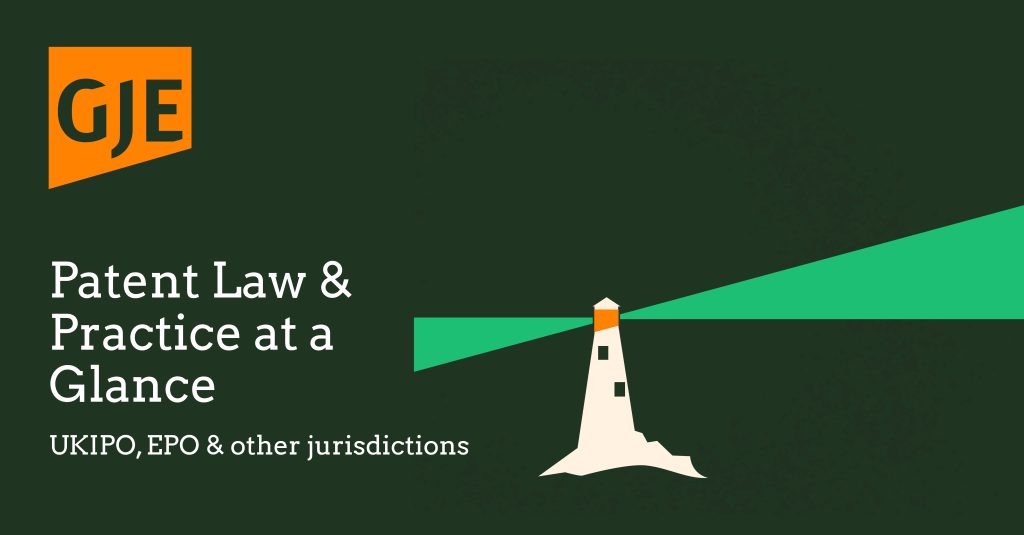In a recent decision the UKIPO had to consider a party seeking to invalidate a design for lack of novelty in view of an earlier filed Chinese design patent and public sales pre-dating the application date of the UK design. In short, however, the meat of this case is a cautionary tale about keeping your house in order – make sure you have trust in and communicate with your address for service!
The UKIPO sent an initial letter to the design owner informing them of the invalidity application. However, no response was received by the due date set. This ultimately resulted in further correspondence being sent warning that if no response was provided, the design would be invalidated. This caused a swift response from the design owner.
The design owner asserted that they had not personally received the UKIPO’s initial letter. They confirmed in a witness statement that the contact address given for the design was for a third party engaged to receive and notify the design owner of any correspondence, but no notification of the UKIPO’s initial letter had been received. No witness statement was provided from the third party. However, there was proof the letter had been delivered to the third party, which was a mutually agreed point. A lack of notification of the design owner was therefore the issue.
Where the owner of a right is a litigant in person, such as was the case here, the UKIPO is typically helpful and offers discretion where possible. In view of the letter having been received at the contact address, and since it is a right owner’s responsibility to ensure that correspondence is addressed once it is delivered, the UKIPO could not provide discretion on this point. The UKIPO therefore considered the possibility of offering discretion on the period for responding to the letter.
The UKIPO was able to allow the necessary extensions, but consideration was needed as to whether this would be appropriate, which is governed by case law. Design related case law is thin in this area, so, since the rules relevant to these design proceedings are based on trade mark regulations, trade mark case law was considered instead. This provides a test addressing when to apply discretion, which boils down to what would be fair to both sides in the circumstances.
Even giving weight to the design owner being a litigant, since the UKIPO’s initial letter was received at the given address and the design owner had not filed any defence between learning of the proceedings and when the hearing that took place, the conditions of the test were not considered met, meaning no discretion could be given. As such, no extension was granted.
One other quirk of this case is that the design owner tried to have the invalidity application stuck out. While this is possible, the reasoning for striking out the case was that, since the invalidity applicant was a company, it could not be a “person interested” as required by the Registered Design Act for request a design is invalidated. This argument was dismissed since companies are legal persons and there is no legislation addressing what legal form the “person interested” must take.
The lack of extension and defence resulted in the design being invalidated based on substantive matters of the invalidity application. This is not a surprise in the circumstances, but there are lessons that can be learnt. Firstly, when a contact address is provided, a reliable system is needed to make sure any correspondence received makes its way to the appropriate person. Secondly, the test for applying discretion used in this case adds to the case law on designs in this area, meaning it could be applied again in the future.


